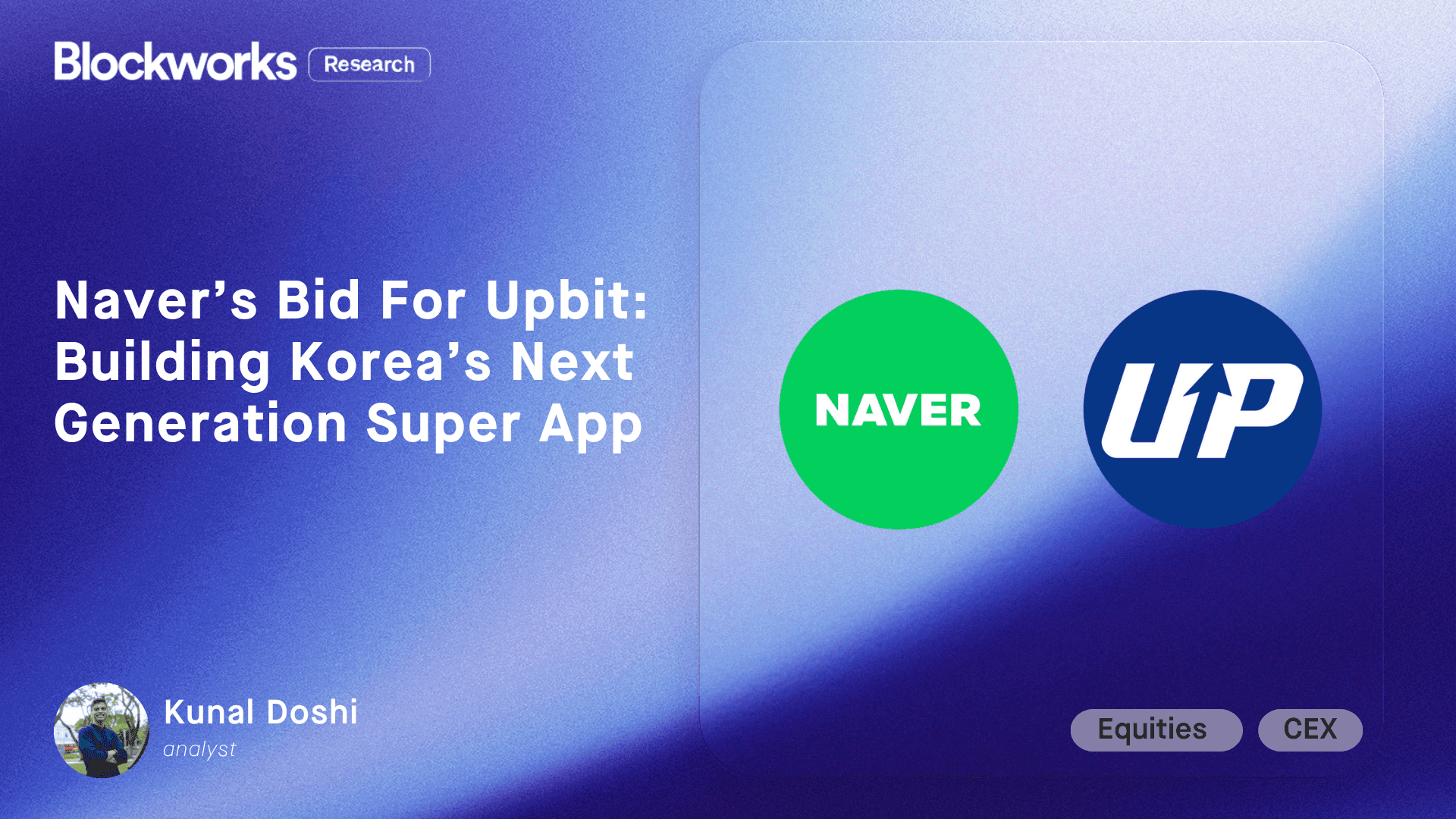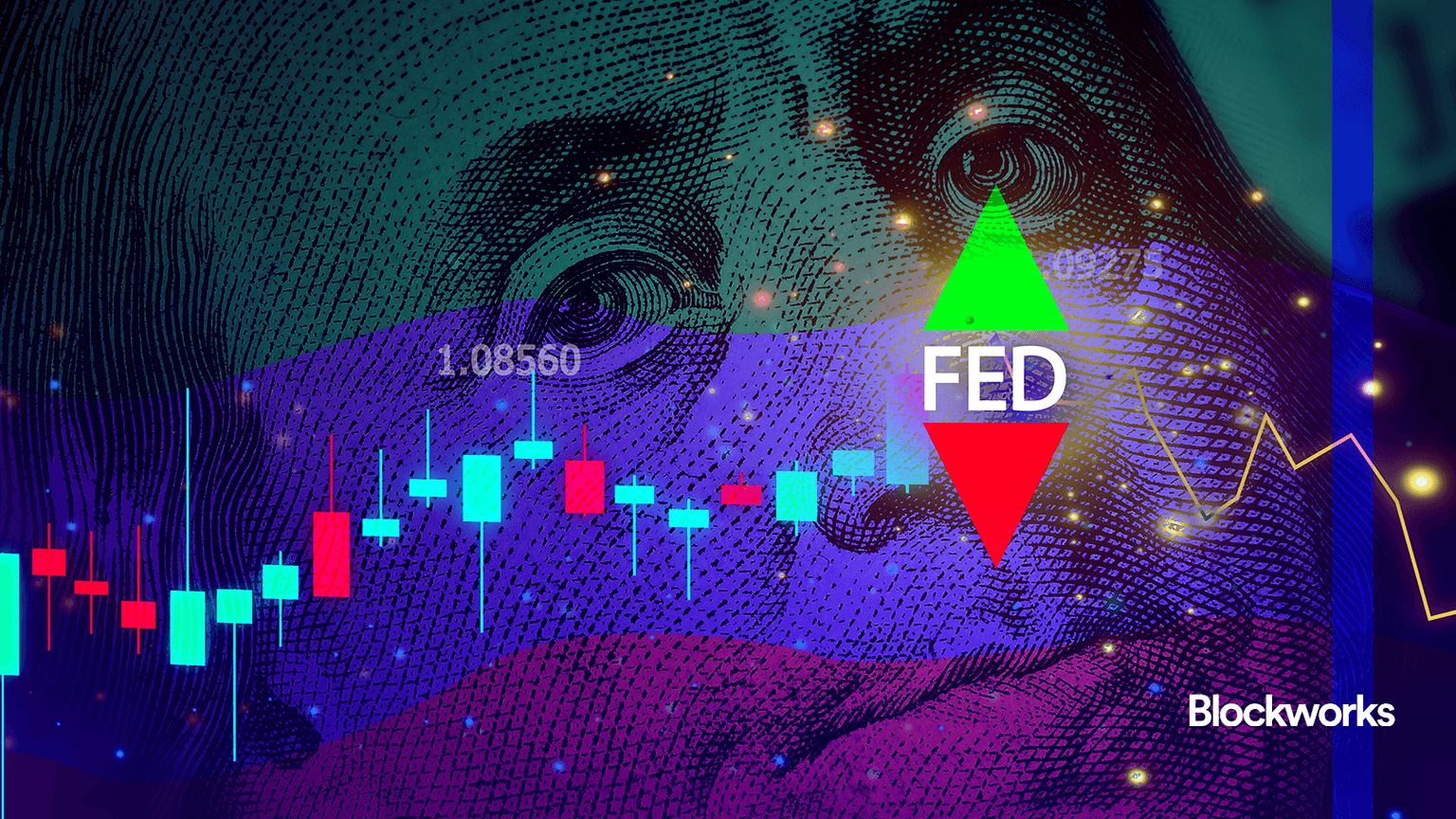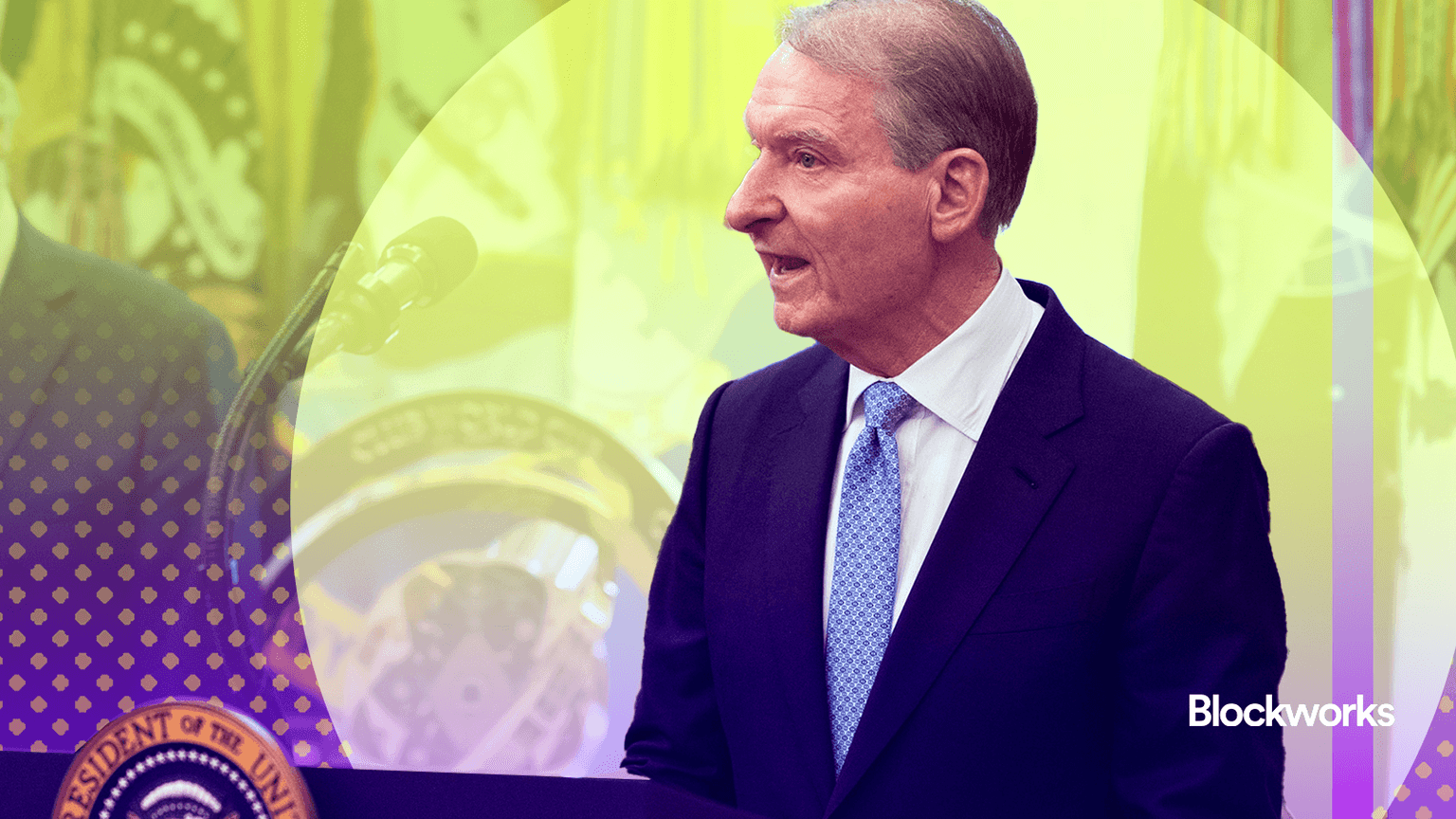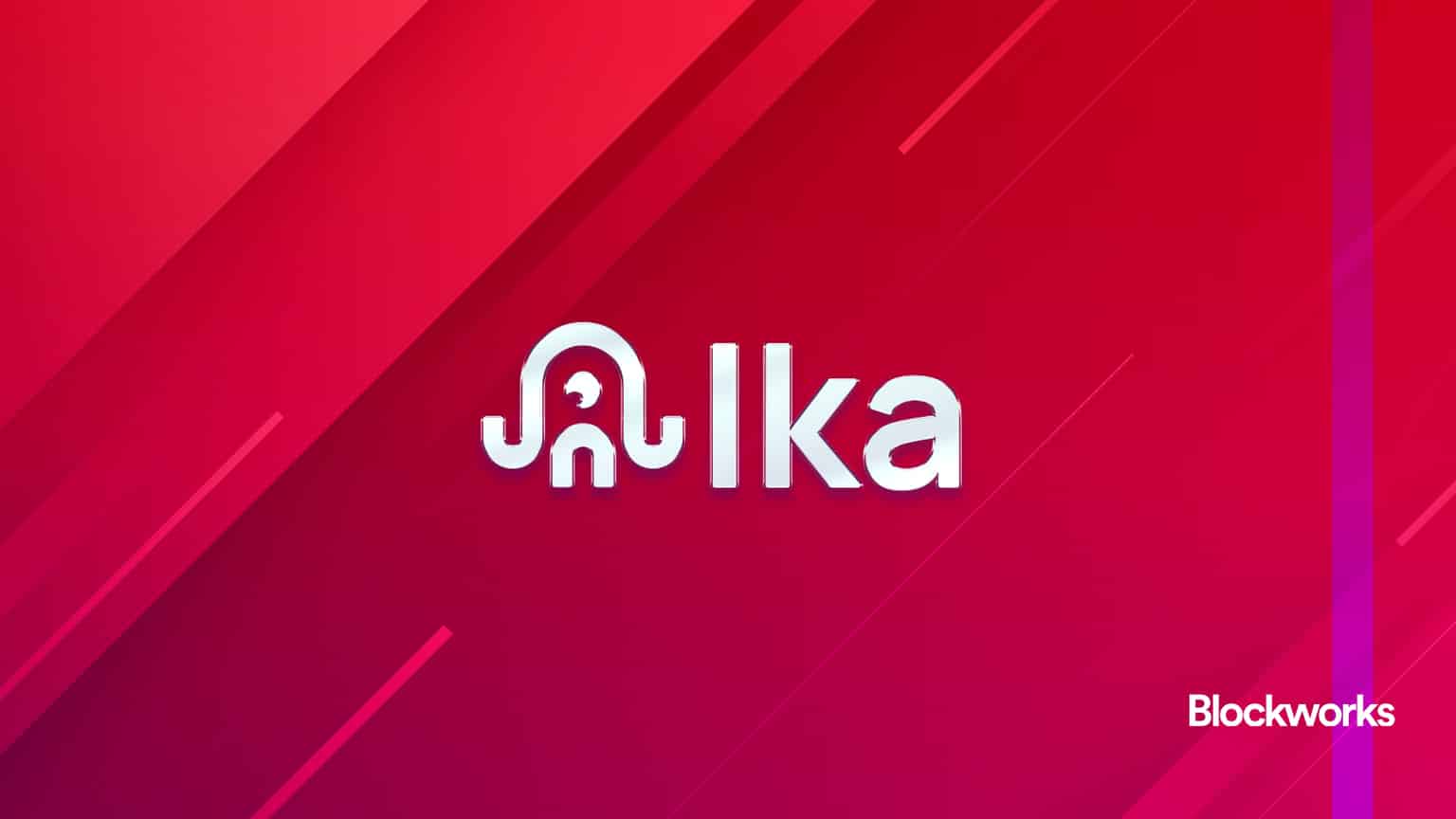MiCAR will give foreign stablecoins a clear advantage in Europe
Europe is handing Tether unforeseen advantages with MiCAR

matteodabruxelles/Shutterstock modified by Blockworks
The current version of MiCAR could inadvertently provide advantages to non-European players in the EU stablecoin market — particularly established issuers like Tether. A comprehensive and unified regulatory approach is necessary to address these disparities and ensure a balanced playing field.
If we fail to close these regulatory loopholes, I believe it could undermine the European digital asset ecosystem, and risk the stability of the continent’s banking sector.
On June 30, the first phase of MiCAR — or Markets in Crypto-Assets regulation — went into effect. This regulation categorizes stablecoins as either e-money tokens (EMTs) or asset-referenced tokens (ARTs). The result was a significant step in regulating the European crypto asset market, which applied its most stringent regulations to stablecoins.
When Circle announced its license on July 1, the company mentioned that stablecoins issued by a European entity are fungible with stablecoins issued by entities under less stringent regimes compared to MiCAR. This is problematic because stablecoins issued under different regulatory regimes have distinct requirements, making them inherently different. While fungibility implies replaceability by an identical item, the regulatory discrepancies make true fungibility challenging.
Read more from our opinion section: MiCA can bring clarity – but stablecoin restrictions must be revisited
Examining the limitations for stablecoins issued in non-European currencies, such as USD stablecoins, reveals significant complexities. Transactions in the Eurozone are limited to 1 million transactions and 200 million euros per day. Since stablecoins are inherently borderless, these limitations are difficult to enforce. Stablecoins issued in Europe can be stored, traded, staked, and lent globally, which complicates tracking which tokens fall under the European MiCAR regime. This issue transcends the issuer’s location and extends to the global nature of blockchain transactions.
Regulatory capital demands also vary significantly across jurisdictions. In Europe, stablecoins require 2% regulatory capital, and significant stablecoins require 3%, which is the strictest in the market. This stringent demand led Tether to decide not to apply for an e-money license under MiCAR. The challenge of determining when a stablecoin becomes significant adds to the complexity. MiCAR states that when several issuers issue the same e-money token, the fulfillment of regulatory criteria must be assessed after aggregating data from all issuers. This aggregated approach complicates compliance and could disadvantage European issuers.
Custody considerations further complicate the issue of fungibility. Regulations for significant stablecoins mandate that 60% of fiat and fiat equivalents must be held at European credit institutions without concentration risk. However, with fungible stablecoins issued from different jurisdictions, this requirement becomes complicated.
If there is an exemption for holding collateral with European credit institutions, or if liquidity requirements are only partially applicable, the European market could be exposed to spill-over risks from other jurisdictions. A default by a non-European bank holding assets backing a MiCAR-licensed stablecoin could trigger a de-pegging event or a stablecoin issuer run. That in turn could potentially destabilize Europe’s digital asset ecosystem and banking system.
Read more from our opinion section: Circle becomes first global stablecoin issuer to become compliant under new EU laws
A comparable instance occurred in March 2023, when the failure of three US banks — Silicon Valley Bank (SVB), Signature Bank, and Silvergate Bank — led to significant de-pegging events for stablecoins like USDC and DAI. USDC’s value dropped to $0.88 after it was revealed that $3.3 billion of its reserves were held at SVB. This loss of confidence triggered widespread market concerns until US authorities intervened to guarantee deposits, stabilizing the situation.
Furthermore, MiCAR stipulates that all EMT holders have a claim on the issuer, raising questions about eligibility. This is particularly problematic in a borderless blockchain environment with fungible tokens. The ability to redeem at par without redemption cost is not a feature embedded in many other regimes. This complicates cross-jurisdictional enforcement and compliance, and could even lead to discrimination of stablecoin holders from different jurisdictions.
Regulatory oversight is here to stay and will only increase. Stablecoins cannot be effectively regulated on a per-country basis within a closed system. The borderless nature of blockchain technology demands a comprehensive and unified regulatory approach. While fungible stablecoins offer an interesting solution, they carry significant risks due to potential regulatory workarounds.
Without addressing these regulatory disparities, we risk creating an un-equitable market landscape that could benefit non-European entities and potentially destabilize the market. To ensure fairness within the European digital asset ecosystem, it is crucial that we adopt a unified regulatory framework; one that closes existing loopholes and maintains rigorous standards for all participants. Only through such measures can we safeguard the integrity of Europe’s financial systems and prevent unintended advantages for non-European stablecoin issuers.
Get the news in your inbox. Explore Blockworks newsletters:
- The Breakdown: Decoding crypto and the markets. Daily.
- 0xResearch: Alpha in your inbox. Think like an analyst.
- Empire: Crypto news and analysis to start your day.
- Forward Guidance: The intersection of crypto, macro and policy.
- The Drop: Apps, games, memes and more.
- Lightspeed: All things Solana.
- Supply Shock: Bitcoin, bitcoin, bitcoin.






